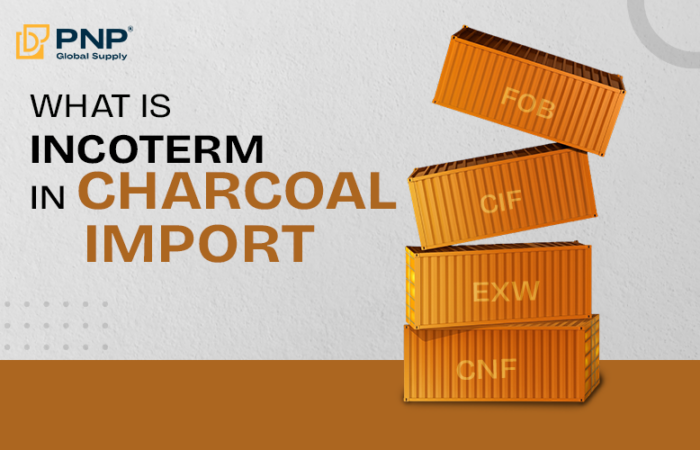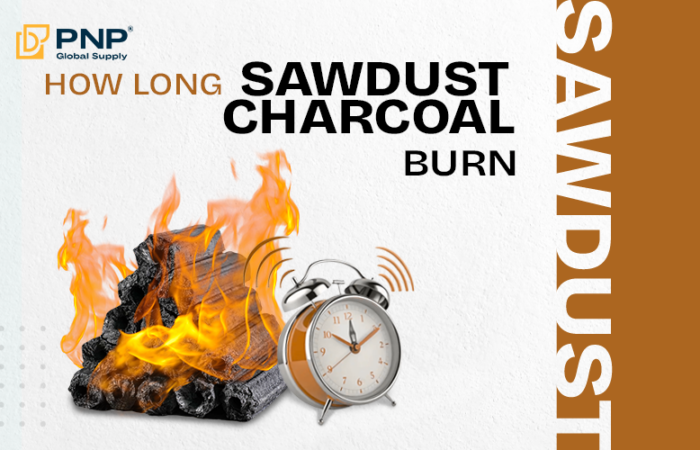Learn safe and eco-friendly techniques for charcoal disposal, with a proper way to get rid of coal and ash to protect the surroundings.
How to Dispose of Coal and Ash?
Discover in this guide the key steps for proper charcoal disposal, making sure of safe and eco-friendly practices. Learn the way to remove coal and ash effectively to avoid fire dangers and pollutants. Follow these recommendations to control charcoal waste responsibly and shield the environment.
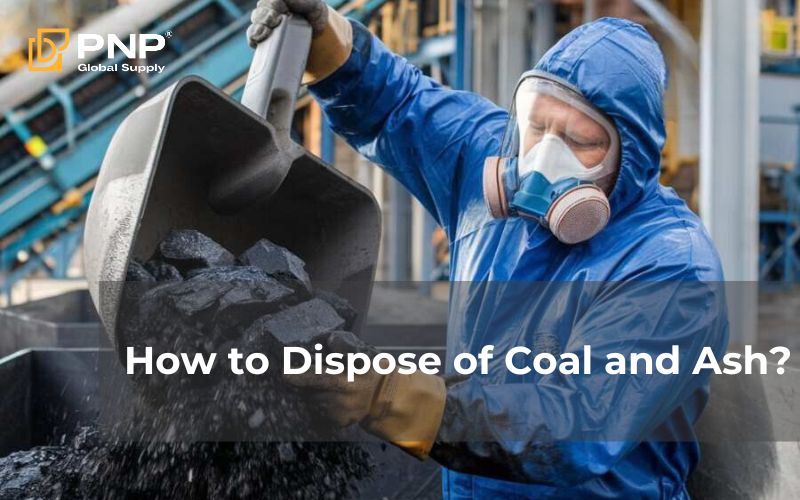
What Are Charcoal and Ash?
Charcoal is a highly carbonated product that is created through the slow burning of wood in low-oxygen conditions and is usually used for cooking as well as heating purposes. The remaining ashes could comprise minerals and several other unwanted substances which could be dangerous if not disposed of properly. Environmental degradation and health hazards come about through careless management of both charcoal and its corresponding ash.
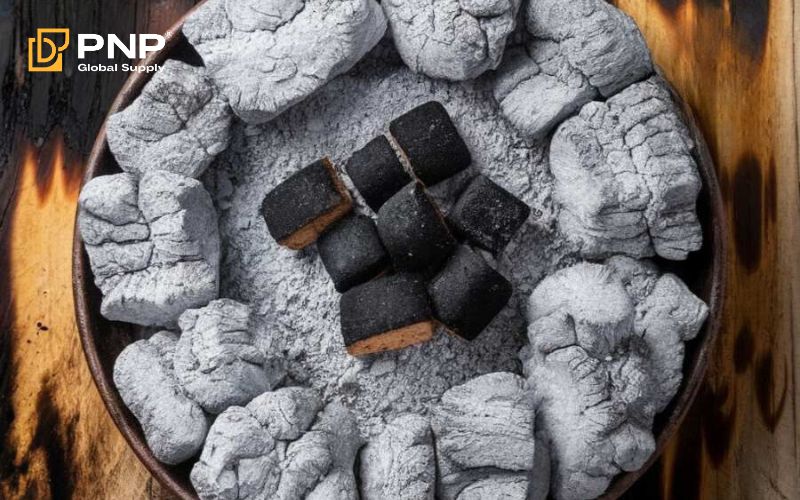
Why Is Proper Handling of Charcoal and Ash Important?
Environmental Impact
Improper disposal of charcoal and ash might also have massive negative outcomes on the surroundings. Using regular trash bins or dumping them outside can cause ash to release harmful chemicals into the soil and water, compromising the environment. Inadequately put out charcoal remains might lead to fire hazards and contribute to air pollution.

Potential Hazards of Improper Disposal
Improperly disposing of hot coals or ash can bring about unintended fires, endangering property and lives. Ash, if left uncontained, can also cause respiratory issues because of the fine particles it releases into the air. Moreover, strains of toxic materials from treated timber or charcoal briquettes can leach into the ground, leading to soil and groundwater pollution.
Legal Regulations on Waste Disposal
Many regions have strict legal guidelines concerning the disposal of coal, ash, and charcoal to decrease environmental harm and save you from dangerous situations. Depending on the place, waste management regulations can also require the separation of charcoal waste from everyday trash, and in some cases, specific disposal facilities are mandated. Failure to comply with the regulations can result in fines and prison results.
Methods for Handling Charcoal
Household Charcoal Disposal
- Collection and Storage: Allow charcoal and ash to completely cool, then collect them in a metallic container with a secure lid to save you from fire risks.
- Handing Over to Municipal Waste Collection Services: Follow community waste collection services’ guidelines, which can also include specific drop-off points or scheduled pickups for charcoal waste.
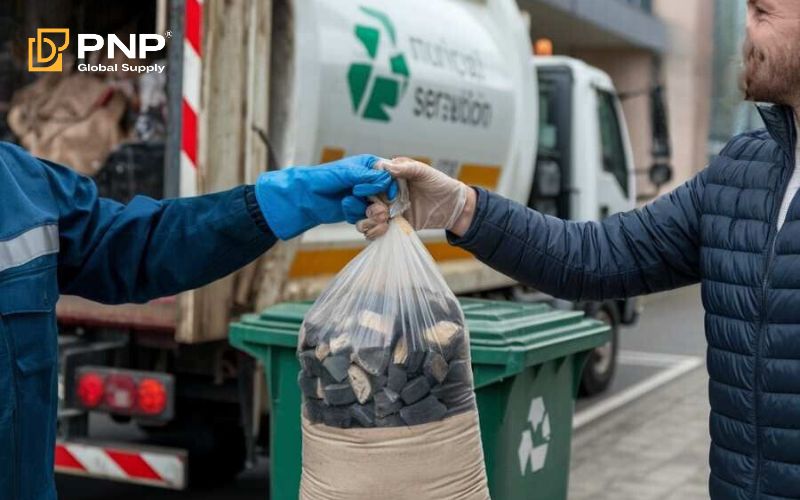
- Checking Local Regulations: Ensure compliance with local rules, as some areas require charcoal and ash to be treated separately or as risky waste.
Charcoal Disposal at Production Facilities
- Collection and Transportation to Storage Sites: Safely gather and ship charcoal waste to designated storage sites to prevent combustion during transit.
- Safe Destruction: Utilize managed burning or chemical neutralization strategies for constant disposal of big volumes of industrial charcoal waste.
- Environmental Regulations: Adhere to strict environmental laws to make certain safe, green disposal practices and legal compliance.
Methods for Handling Ash
Household Ash Disposal
- Allow to Cool Completely: Ensure ash is completely cooled before dealing with it to prevent unintentional fires.
- Mix with Soil for Soil Improvement (if appropriate): If the ash is from untreated wood, it could be mixed with soil to enhance its nutrient content material and pH levels.
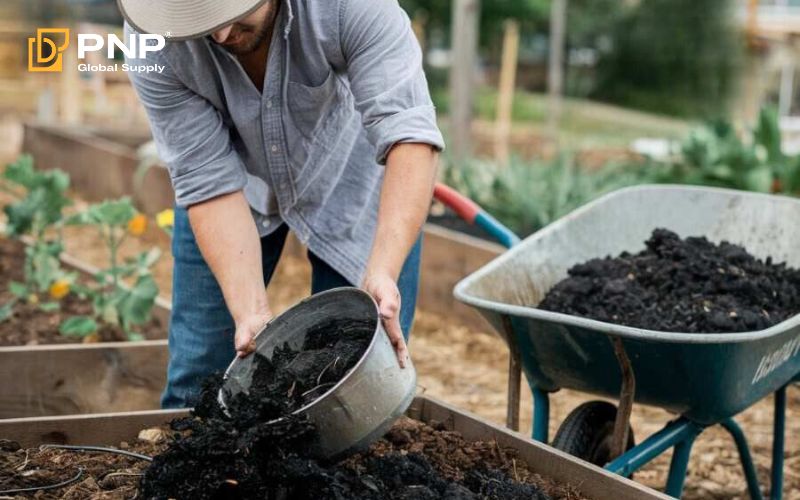
- Hand Over to Waste Collection Services: For ash not appropriate for soil, get rid of it through municipal waste collection services, following local disposal tips.
Ash Disposal at Factories
Wet Handling:
- Washing and Neutralization: Ash is mixed with water to neutralize risky chemical materials and prevent airborne particles.
- Separation of Harmful Substances: Special filtration methods are used to split poisonous elements from the ash for more secure disposal.
Dry Handling:
- Isolation and Packaging: Ash is cautiously separated and packed in strong boxes to avoid infection or exposure.
- Transportation to Landfills: The packed ash is transported to particular landfills for proper, regulated disposal.
Recycling:
- Use as Construction Material: Ash can be repurposed as an additive in concrete or different introduction materials.
- Production of New Materials: Some factories recycle ash into products like bricks or tiles, reducing waste and contributing to sustainability.
Safety Measures for Handling Charcoal and Ash
Personal Protective Equipment
Masks, Gloves, Safety Glasses: When dealing with charcoal and ash, wearing masks allows you to save from inhalation of great particles, gloves guard the pores and skin from contamination, and protection glasses shield the eyes from dirt and particles.
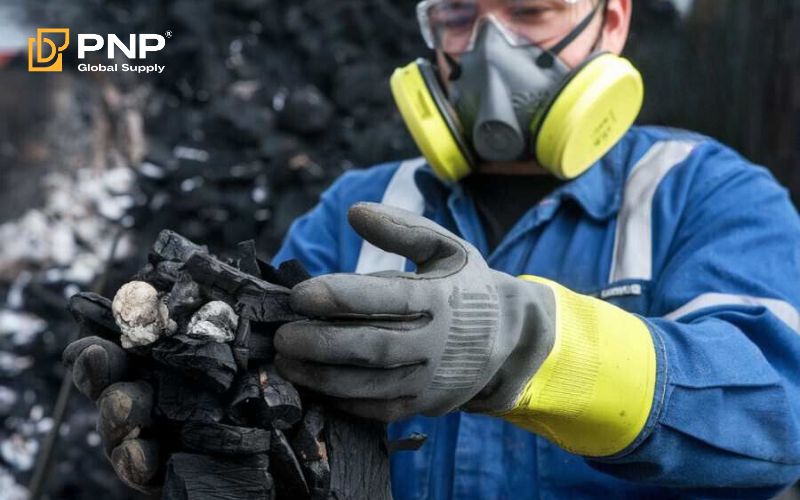
Protective Clothing: Long sleeves, shielding aprons, or overalls reduce direct touch with charcoal and ash, lowering the risk of burns, contamination, or allergic reactions.
Safe Storage
Dry and Well-Ventilated Areas: Charcoal and ash must be saved in dry, well-ventilated areas to prevent moisture buildup, which can lead to mold or combustion dangers.
Sealed Packaging: Using sealed, fire-resistant containers guarantees that no embers escape and that the substances are well contained all through storage.
Safe Transportation
- Use of Specialized Vehicles: Transporting large portions of charcoal and ash requires specialized cars designed to save you from spillage and limit fire dangers.
- Compliance with Hazardous Waste Transportation Regulations: Following legal guidelines on transporting unstable materials guarantees the steady management and disposal of charcoal and ash, preventing injuries and environmental damage.
Environmental Impact and Solutions
Environmental Impact of Charcoal and Ash
- Pollution of Air, Water, and Soil: If not properly handled, charcoal and ash can send harmful chemicals and particles into the atmosphere, contamination of water bodies by runoff as well as soil degradation.

- The Role in Global Warming: The combustion of charcoal results in carbon dioxide and very potent greenhouse gases which are responsible for the global warming phenomenon.
Solutions
- The use of charcoal can be decreased: Less charcoal utilized in cooking and heating will result in lower emissions and waste generation reduction.
- Ash recycling and re-using: Ash can be recycled into production materials or used as a soil improver, thus reducing waste and impact on the environment.
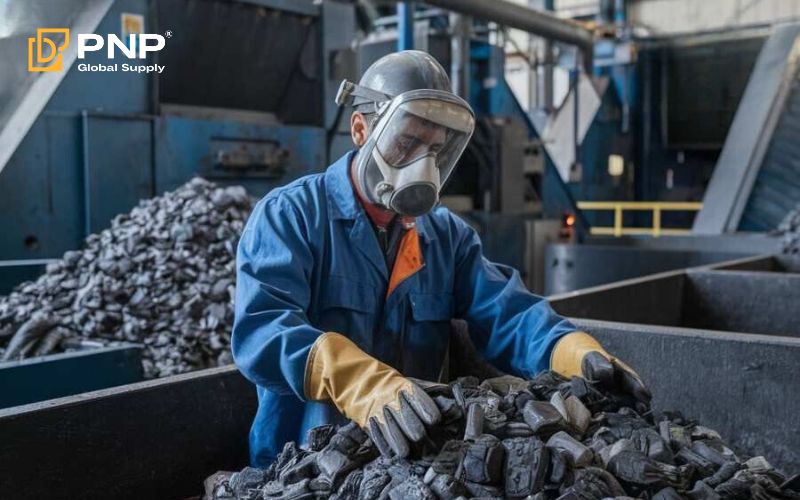
- Modern Ash Treatment Technologies: Employing modern treatment technologies, such as filtration and neutralization, permits manipulation and mitigates the environmental effect of ash.
Conclusion
In conclusion, the right charcoal disposal is critical to shield the surroundings and public health. By following appropriate techniques for coping with and putting off coal and ash, such as cooling and securely storing the substances, adhering to community rules, and utilizing recycling options, we can restrict pollutants and decrease the risks of hazards. Implementing one’s practices ensures responsible management of charcoal waste and contributes to cleaner, more stable surroundings.


